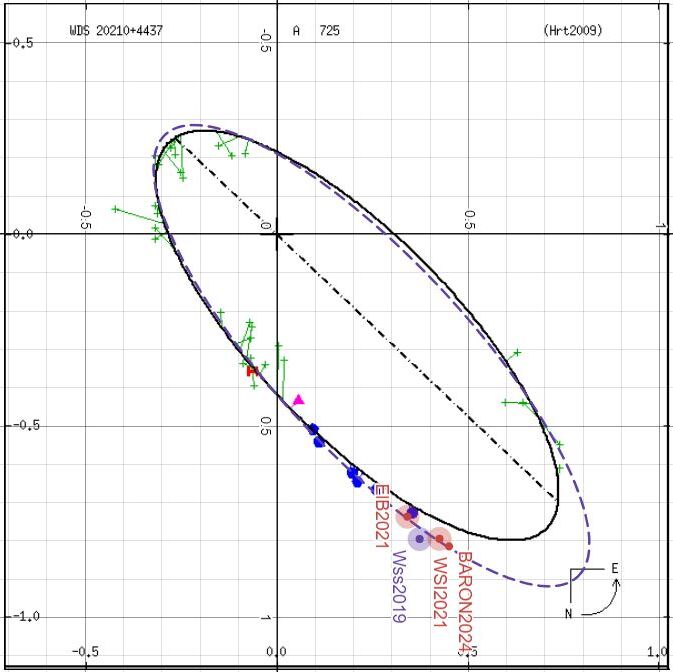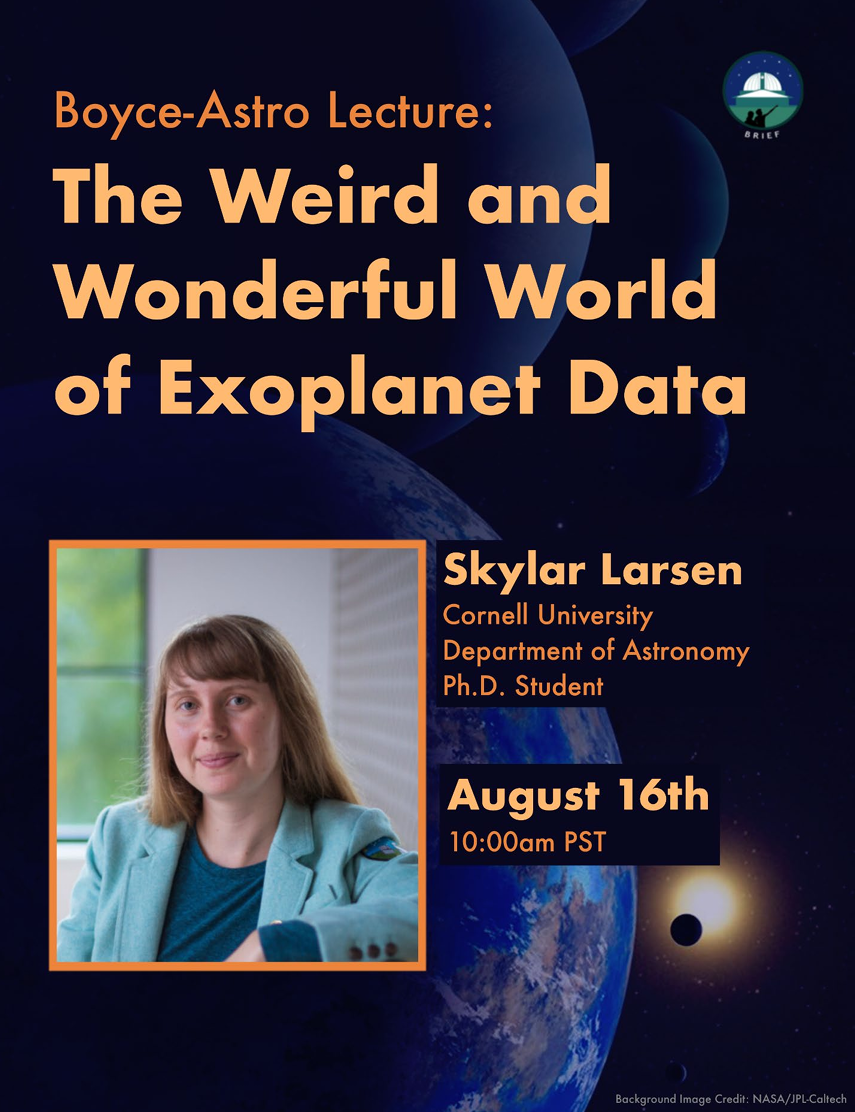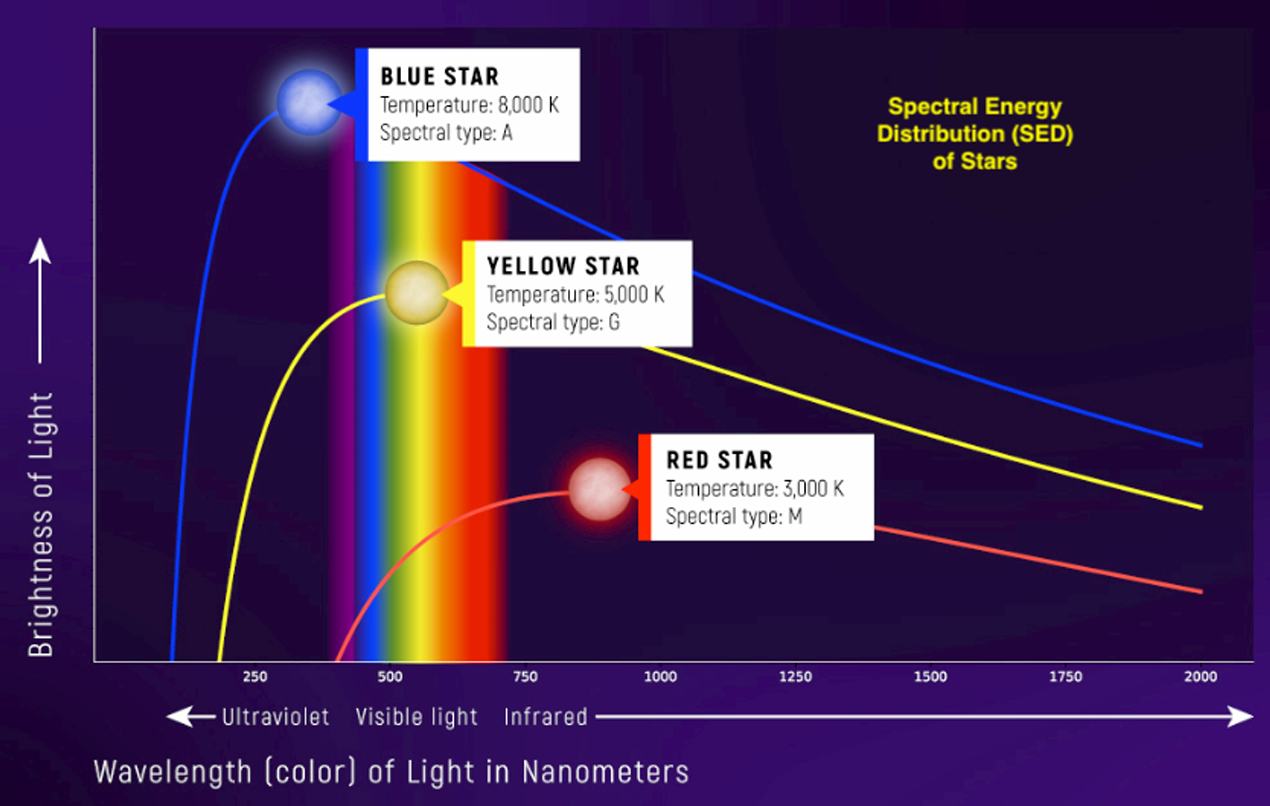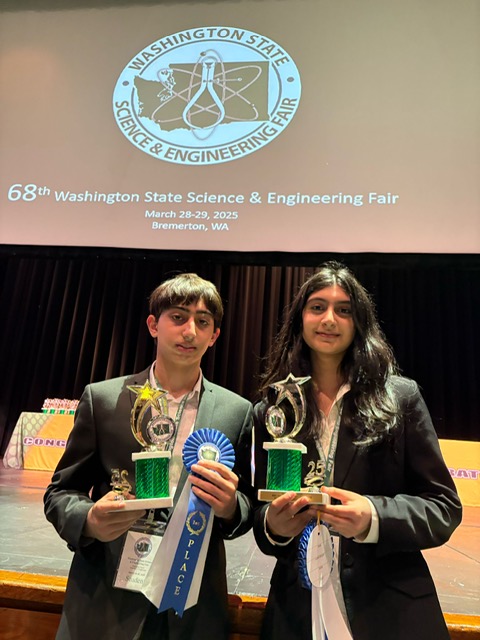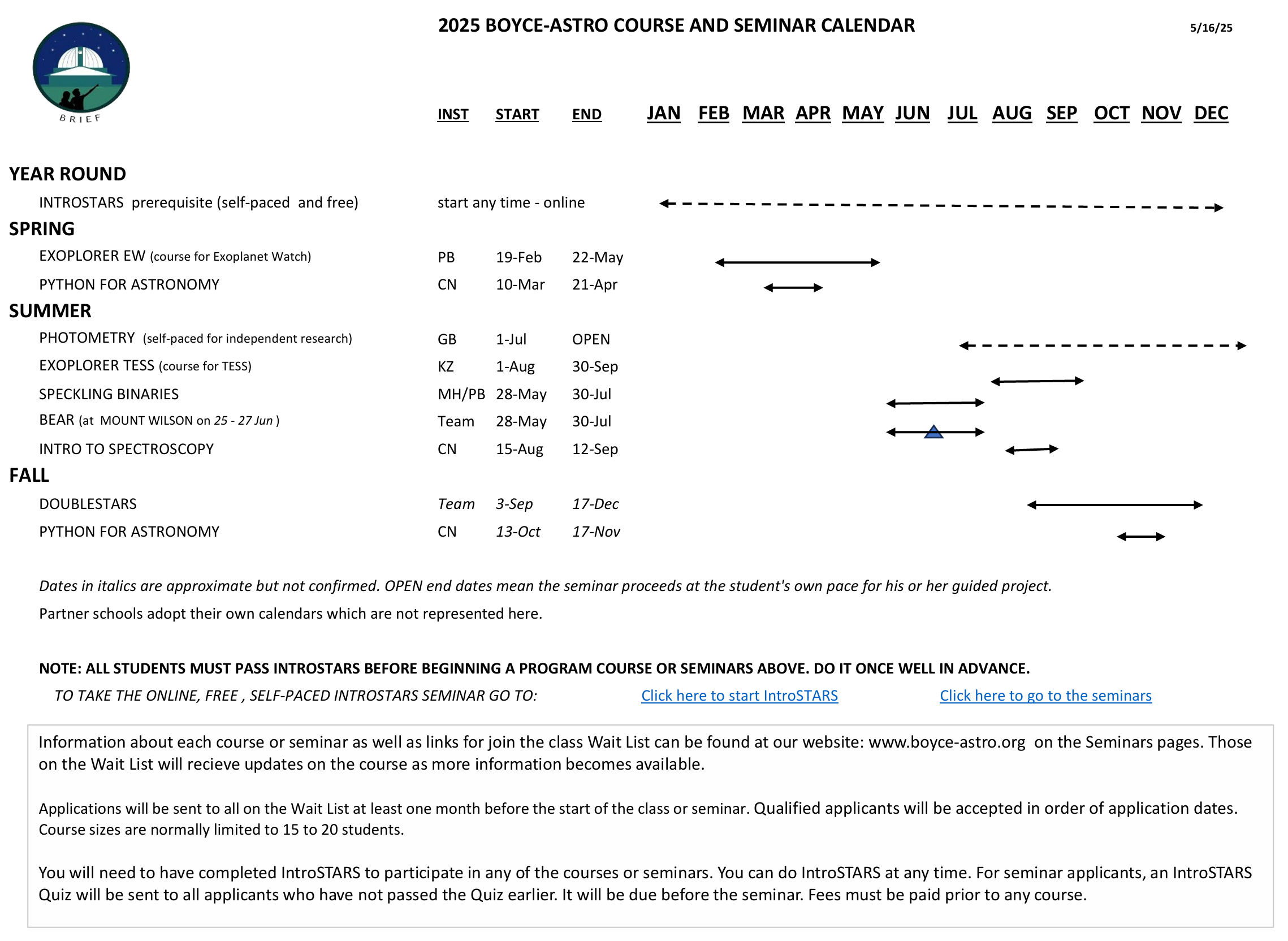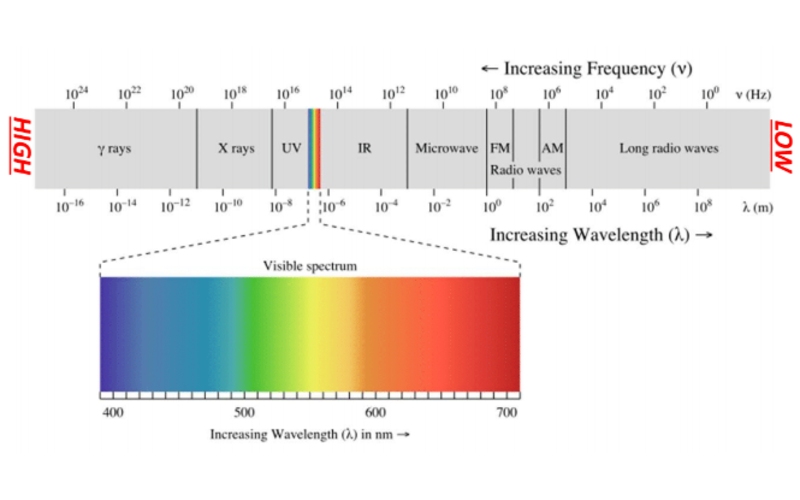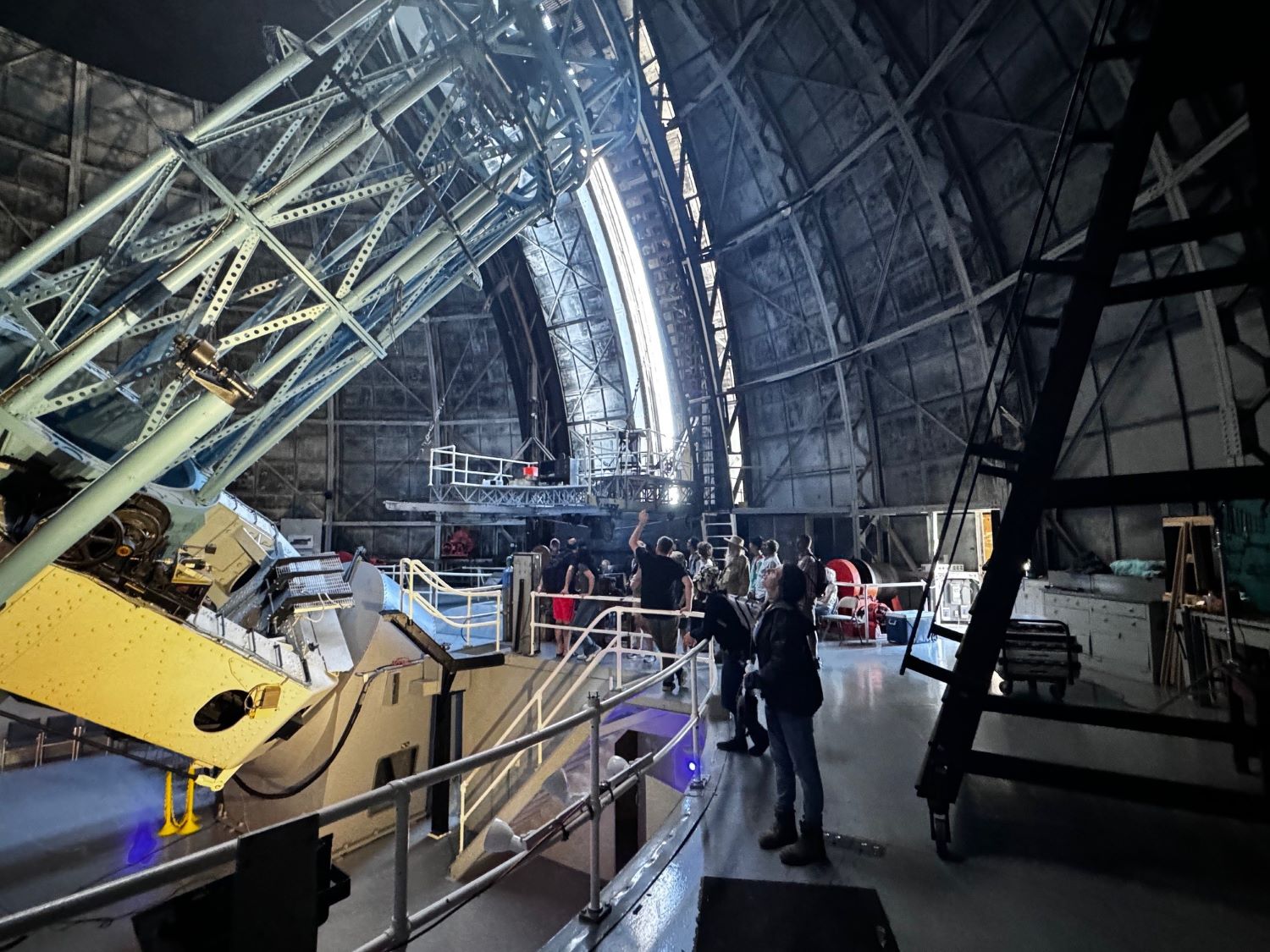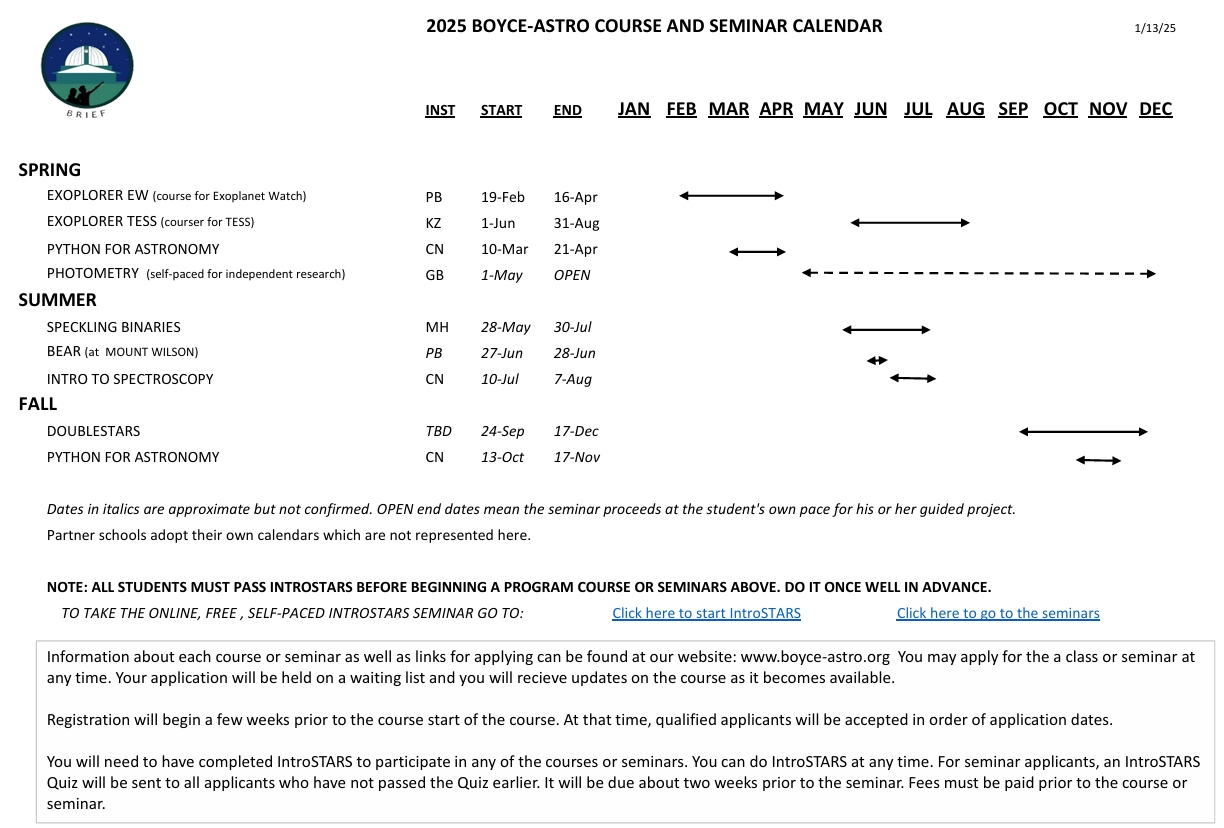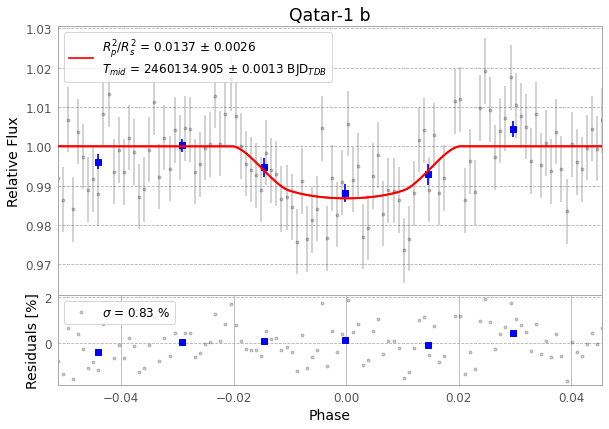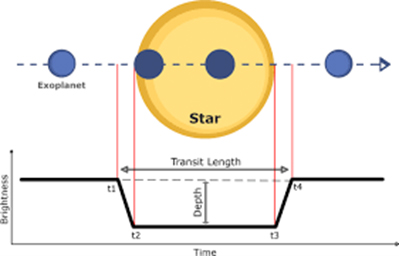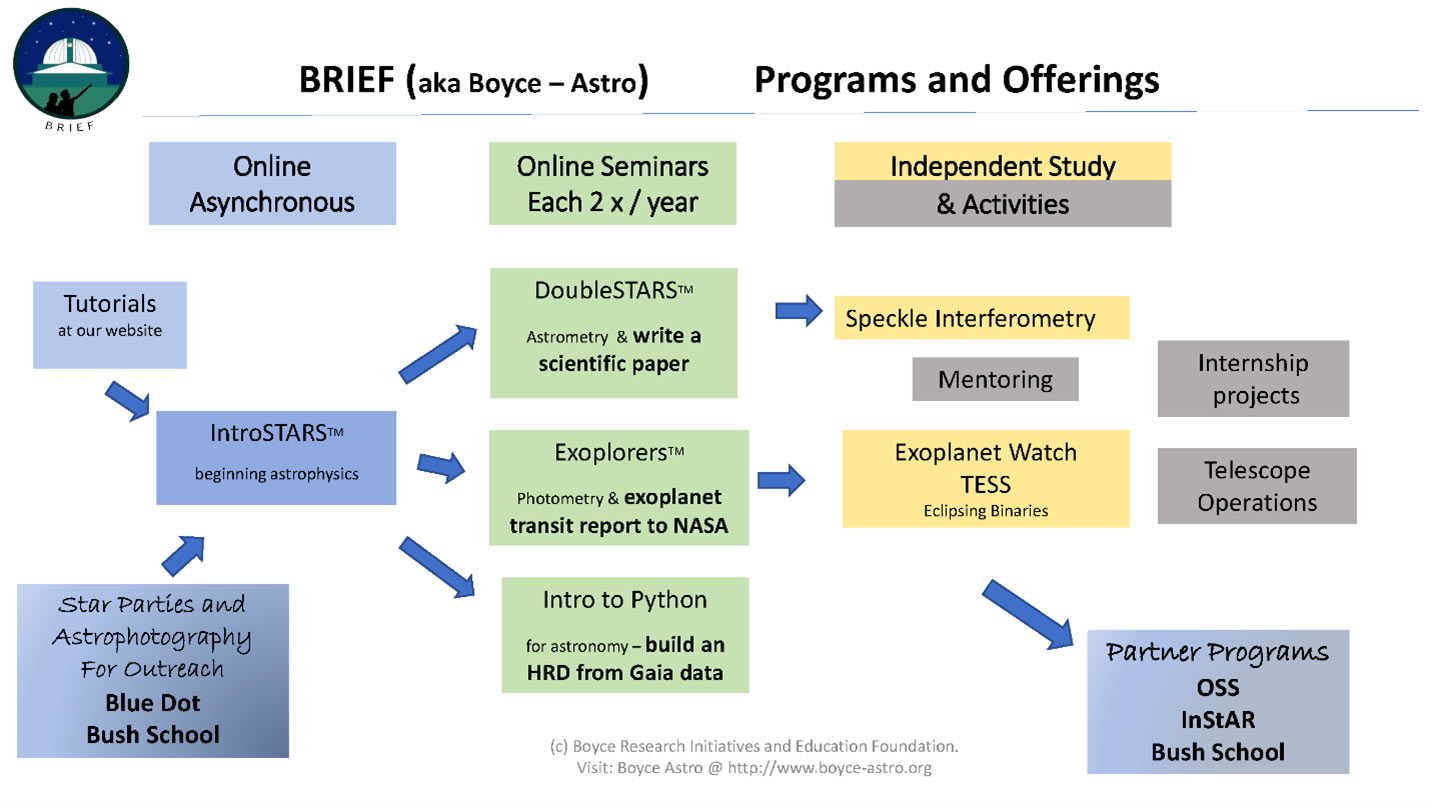Blog
Python for Astronomy Fall 2025 Application Open
Click here for the Python for Astronomy program flyer Click here to learn more about Python for Astronomy...
The Weird and Wonderful World of Exoplanet Data
Hi all! I’m Skylar Larsen, and I am working on my PhD in Astronomy at Cornell University after completing my B.S....
DoubleSTARS™ Fall 2025 Application Open
Click here for the DoubleSTARS program flyer Click here to learn more about DoubleSTARS You can now apply for the...
Boyce-Astro Lecture – The Weird and Wonderful World of Exoplanet Data
Cornell University Department of Astronomy Ph. D. Student August 16th 2025 10:00am PST To attend, register...
BAROspection – Intro to Spectroscopy Seminar
In this seminar we will cover introductory and historically significant astronomical & spectroscopy topics. We...
Boyce-Astro Students become First Place Awards Winners
Anisha and Dhruv were honored to receive one of the First Place Awards in Physics & Astronomy, as well as...
Boyce Astro 2025 Class Schedule Updated
Our annual class and seminar calendar was updated and is now available on the Boyce-Astro website. Courses span a...
Intro to Spectroscopy Course adds BARO Observatory Observations in August
After a successful prototype last summer, our spectroscopy course is back—now enhanced with new tools and...
BEAR + Binary Speckle: An Integrated Learning Experience Starts Soon
The BEAR program integrates with the Binary Speckle course into a two-day, on-site experience at Mount Wilson...
Binary Speckle Course Starts May 28
Our Binary Speckle Interferometry course begins May 28. It uses the BARO remote observatory and will meet weekly...
BEAR Program Featured in Mount Wilson Newsletter – On Their Website Too!
Read the article about our experience on page 3 of the MWO Reflections magazine.Our BEAR program (Boyce-Astro...
Boyce-Astro 2025 Seminar Calendar Now Live
Our annual class and seminar calendar is now available on the Boyce-Astro website. Courses span a wide range of...
IntroSTARS™ Continues to Roll On – Free and Self-paced
IntroSTARS™ continues to be the Boyce-Astro prerequisite course for all our seminars and classes. Hundreds of...
Exoplorer™ EW Seminar – Spring 2025
Do exoplanet observations and learn photometry! The Spring 2025 Exoplorer™ EW Seminar is announced and the waitlist...
Boyce-Astro’s 2025 Annual Calendar for Courses and Seminars
Head over to the newly released Boyce-Astro’s annual calendar for 2025 and learn more about the available courses...
Join Boyce-Astro’s DoubleSTARS™ Research Seminar!
Are you ready to learn astronomy?
Boyce-Astro’s DoubleSTARS™ research seminar starts on September 5, offering a unique chance to explore double star systems, run your own observations, and contribute to real scientific research with your published results.
Boyce-Astro’s 2024 Research Calendar: Two Fall Seminars
Boyce-Astro’s 2024 research calendar is here, featuring two important seminars this fall!
- DoubleSTARS™ Seminar - Starts September 5
- Python for Astronomy – Starts November 7
Fall Python Course – Sign Up Now
Our Python for Astronomy short (5-week) course will start soon. It is time to sign up now. The flyer is here and...
Boyce-Astro Exoplorer and Telescope Operator training begins in January 2023
The Exoplorer seminar in photometry of exoplanet transits starts in mid-January of 2023. Students must complete the IntroSTARS
BRIEF announces its 2023 offerings
BRIEF will continue its three-part online student research seminar program in 2023. The three online seminars in astrometry, photometry, and python are the core of the BRIEF program which began with DoubleSTARS in 2015.
